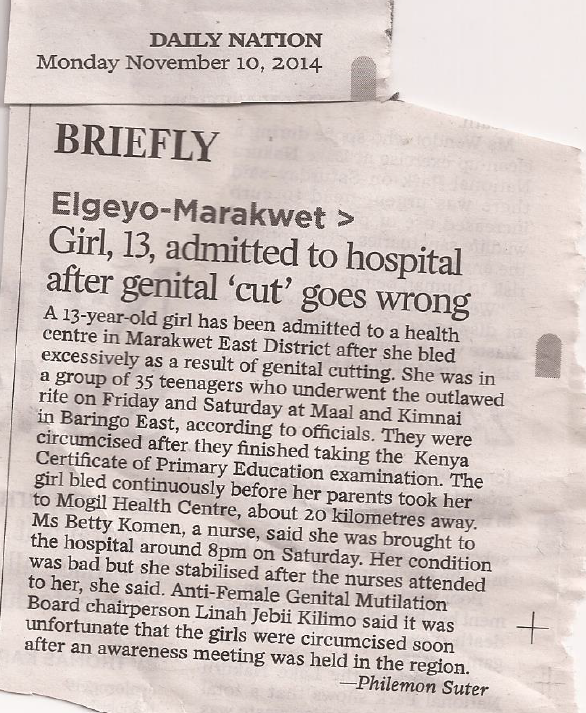
Christmas….it’s the season……..the circumcision season
The Christmas holiday has always been the longest school holiday in Kenya- lasting 6 weeks at the least. Unfortunately, this is the time when many wounds need healing, some are looked forward to and are much wanted, but others are cruel. This letter in the local paper tells it well.
When you look at Kenya Demographic health survey of 2010 ….. female circumcision is still very common in Kenya.
http://apps.who.int/medicinedocs/documents/s17116e/s17116e.pdf
Although half of the women saw no benefit for circumcision, the reason most women did it was for social acceptance.
Last weekend – I was sitting with some girlfriends in the 35-50 age bracket and we found ourselves talking about circumcision. One of the ladies was talking about her roommate who said she got the ‘dirt cut off’. She was very proud of the fact that she was circumcised. Another spoke of how in her village her sisters and her were taunted as ‘Irῖgũ cia Njambi’ – as her mother was the only woman who did not let her daughters get circumcised. She said they were scorned at in school and for that they would peep at girls walking home after circumcision and have a laugh. But because her mother had stood her ground, more and more girls stopped being circumcised and the practise is almost over in her village. ‘Irῖgũ cia Njambi’ started the process – what behaviour change experts called innovation diffusion – where an idea slowly spreads into a community and gains acceptance.
‘Irῖgũ’ is a very derogative term that refers to uncircumcised girls among the Kikuyu. So when my friend and her sisters were being referred to as ‘Irῖgũ cia Njambi – the uncircumcised girls of Njambi (her mother) – it was aimed at hurting their mother. She must have been a tough cookie to withstand that nonsense.
When people are taunted for not being circumcised, this encourages the spread of this illegal practise. When government officials use these derogatory terms like one of them did a few years ago in reference to a female political competitor – it does great damage to the course…
It is a real shame that although it is against the law in Kenya to use derogatory terms in reference to a woman’s circumcision status, the governor of Kiambu got away with this.
……. back to the Kenya demographic health survey of 2010……..
If you look at Table 16.16 of this report, it tells us that there are certain groups that practice FGM more than others. Factors that contribute to increase in occurrence of this practise are religion, wealth and ethnic group.
Double the number of Muslim women were circumcised compared to Christians. Islam as a religion does not advocate for female circumcision so this trend cannot be explained by religious teaching. The table also shows that low education levels and high poverty is associated with higher rates of female genital mutilation.
The data suggests that ethnic group is a very strong predictor of circumcision status. Lets look at the figures: The Somali have 98% circumcision rates. The Kisii have 96% circumcision rates and the Maasai 73%. The Embu are at 50%. All other tribes have less than 50% of the women circumcised the Luo, Luhya and Mijikenda have hardly any circumcised women.
The Somali have the highest rates of female circumcision and they also practice the most brutal with 82% of the circumcised undergoing the procedure that gets rid of all the external genitalia and stitches it up, leaving only a small space for urine to trickle. Another unique feature of Somali circumcision is the age at which girls are circumcised. The survey tells us that 84% of all those circumcised had this procedure done when they were between 3 – 9 years of age.
I talked to a highly educated Somali man about this topic recently. He referred to FGM as ‘speed governors’ and when I asked if he would put his beautiful little girl through it- he did not commit himself but said – ‘speed governors are important’.He was not certain that the practice would end without some assurance that women without ‘speed governors’ would ‘keep themselves’.
For programs to succeed, they must address the underlying reason for the practise. If people strongly belief that an uncircumcised woman is going to be promiscuous –you do not laugh it off – the girls will continue to suffer if you do. The girl’s parents want them to have families and if their men will not marry them, then you can criminalise FGM to the high heavens, but it will still continue. This is the reason I have said before, that Somali girls born and brought up in Europe are taken for ‘holidays’ to their home countries and return home circumcised. Although the families know the problem and the risk they are taking, they want for their daughters, a good future.
To fight FGM – we need to address the underlying reasons – in Meru having alternative rites of passage that are socially accepted- especially accepted by the men – has made a big difference to the region. These 2010 Survey results indicate that 40% of Meru women are circumcised, however, the Meru have accepted alternative rite of passage ceremonies in large numbers and it would be interesting to see the results of the demographic health survey conducted this year in order to observe the impact.
In Embu, women are asking for support to start these alternative rites in the area. This is good news and should be supported as the Embu have a circumcision rate of 50%.
In the Rift Valley, alternative rites of passage are appearing to be successful
Although in the same area that the alternative rites were conducted, a girl almost died after FGM.
Clearly, alternative rites are not 100% effective in reducing this trauma but it goes some way to help. However, something urgently needs to be done among the Somali, Kisii and Maasai. The solution will be found from among the people. It must involve the men as well as the women. An outsider with a lot of money pushing the process will only cause revolt as seen among the Maasai …
No one likes to be looked down on or to feel despised. Respectfully support people with the resources to tackle their own problems and back off. Behavioural change at the community level takes time and you cannot rush it with your big dollars or by labelling practices ‘barbaric’. No matter how passionate we feel about an issue – real change only takes place when the community involved in the process are themselves running the show. The change will be slow but it will last – and it is lasting change we all want.
Comments
-
r plink
From the sound of it you would be well advised to seek the truth about the harm male genital mutilation causes.medicine is definitely not agreed on this and no repeat no mainstream medical organisation recommends its use. The practice id dangerous and at the least seriously harmful.
Comments are closed.


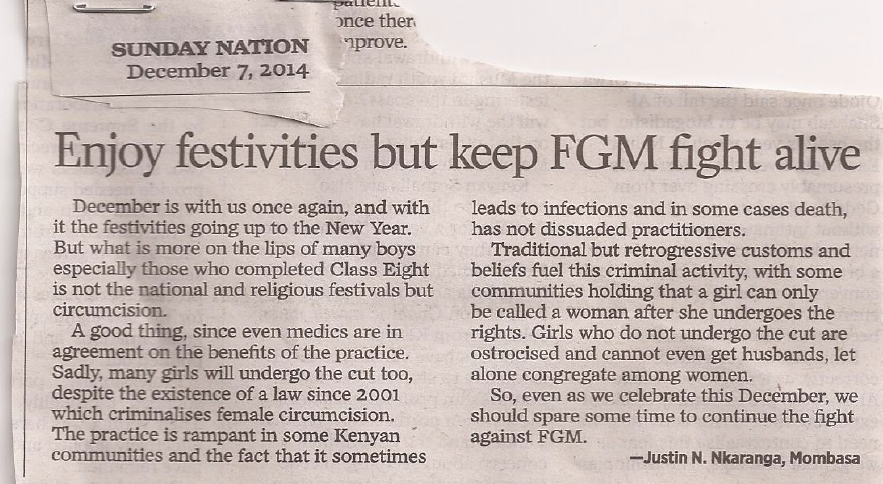



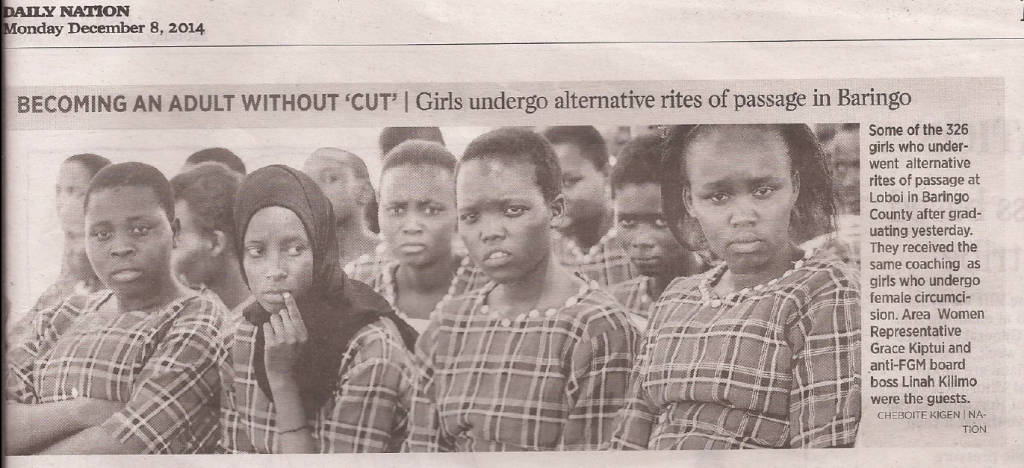

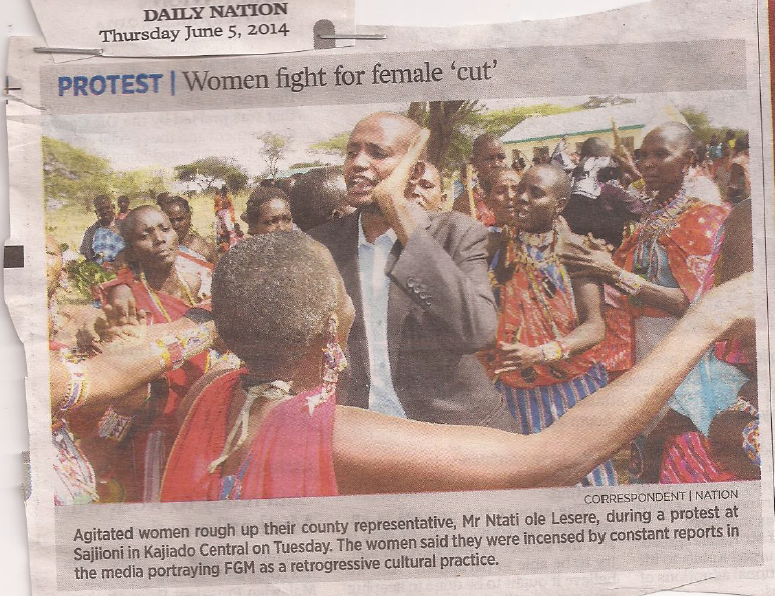
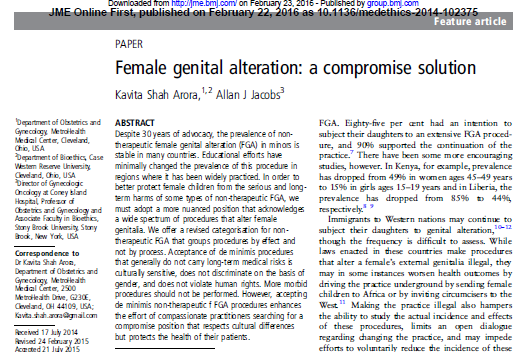
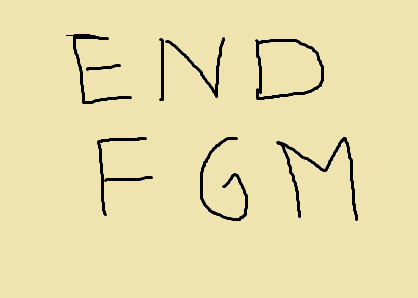
c
@ Cherish Others Organisation Kenya we combat FGM amongst the Maasai Community. Informative article Tabitha.
EMAIL; cherishothersorg@yahoo.com, info@cherishotherskenya.org
WEB; http://www.cherishotherskenya.org